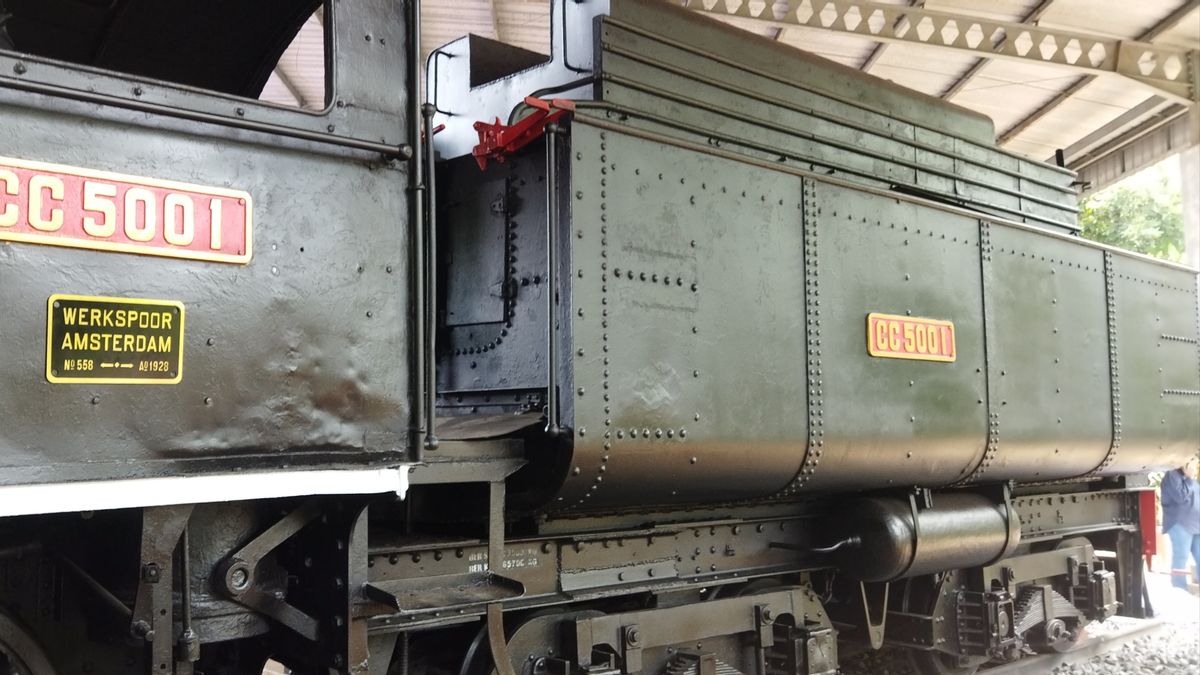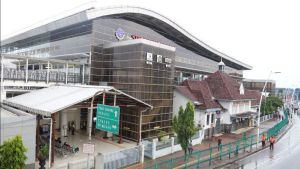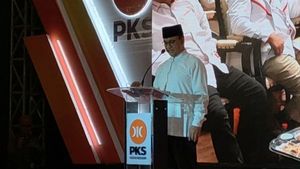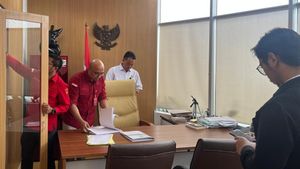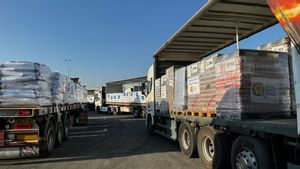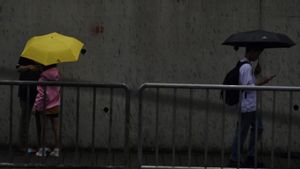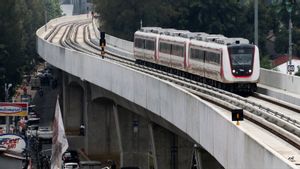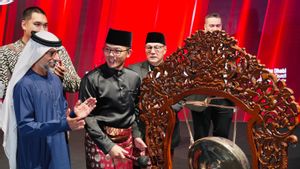JAKARTA - The train lovers community who are members of the Indonesian Railway Preservation Society (IRPS) carry out beautification or beautify the legendary steam locomotive CC5001 at the Transportation Museum, Taman Mini Indonesia Indah (TMII), East Jakarta.
This LOcomotive was brought in by a Dutch colonial government railway company, Staatsspoorwegen, and was created by Nederlandsche factory Fabriek van Werktuigen en Spoorwegmaterieel (Werkspoor) in 1922.
The CC5001 LOcomotive itself is one of the locomotives of mountain lane specialists who were initially active in the western and eastern Priangan areas, before being distributed to other areas such as Purwokerto, Ambarawa, and Surabaya. The CC5001 LOcomotive itself is one of the locomotives owned by the Cibatu Locomotive Depo.
SEE ALSO:
Chairman of IRPS Ricki Dwi Agusti said the process of working on the beautification on the legendary steam locomotive lasted 21 days. The costs incurred for beautification are Rp. 70 million.
"It comes from donations from various parties, such as the Ministry of Transportation (Kemenhub) and PT Kereta Api Indonesia (KAI)," Ricki said when confirmed, Sunday, August 25.
IRPS is a rail lover community that cares about the history of Indonesian railways and has been established since 2002. This community has a vision and mission to preserve Indonesia's railway history.
"The Cuutification Program for the CC5001 steam locomotive is a form of our gratitude because IRPS is 22 years old," he said.
The Cuutification Program for the CC5001 steam locomotive is the third steam locomotive beautification program that has been carried out by IRPS.
Previously, IPRS had also carried out a beautification process for the B2207 steam locomotive at the Camp Campu Pramuka Cibubur, Jakarta in 2022 and the beautification of the B1304 steam locomotive at Cirebon Kejaksan Station, Cirebon in 2023.
The Director General of Railways at the Ministry of Transportation, Mohamad Risal Wasal, said that the beautification of the steam locomotive is expected to increase the insight of transportation museum visitors to the history of railways in Indonesia.
The English, Chinese, Japanese, Arabic, and French versions are automatically generated by the AI. So there may still be inaccuracies in translating, please always see Indonesian as our main language. (system supported by DigitalSiber.id)
